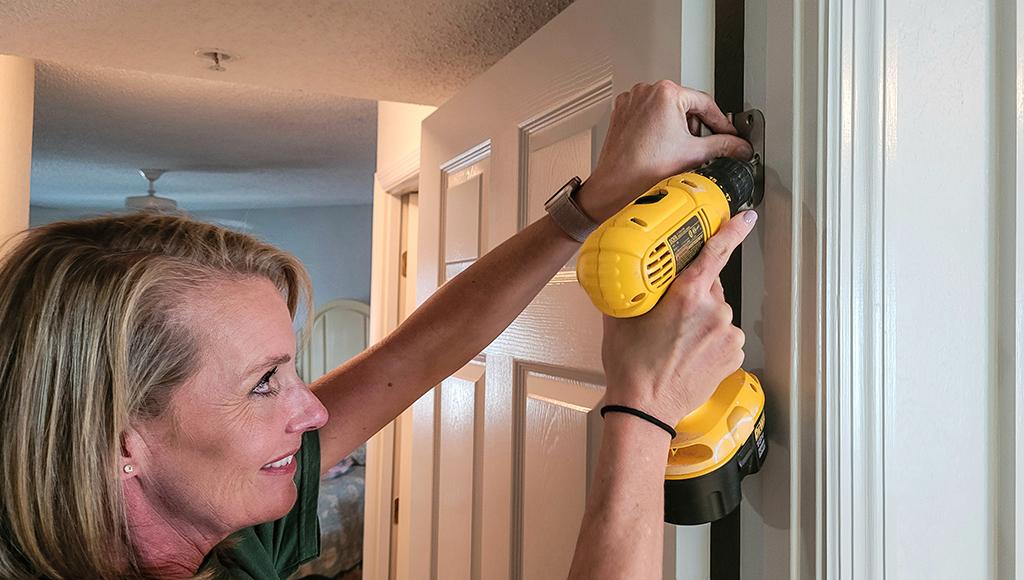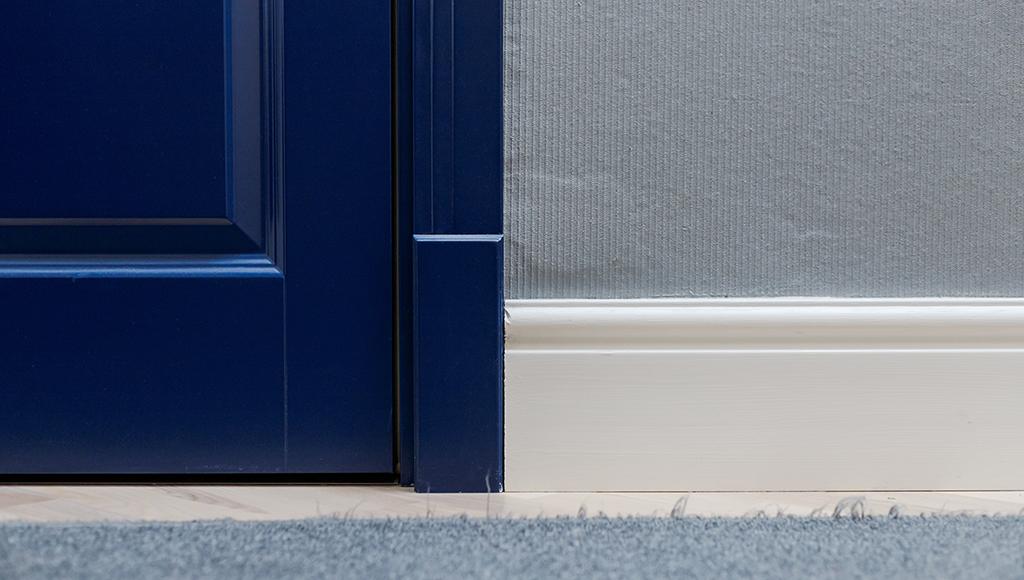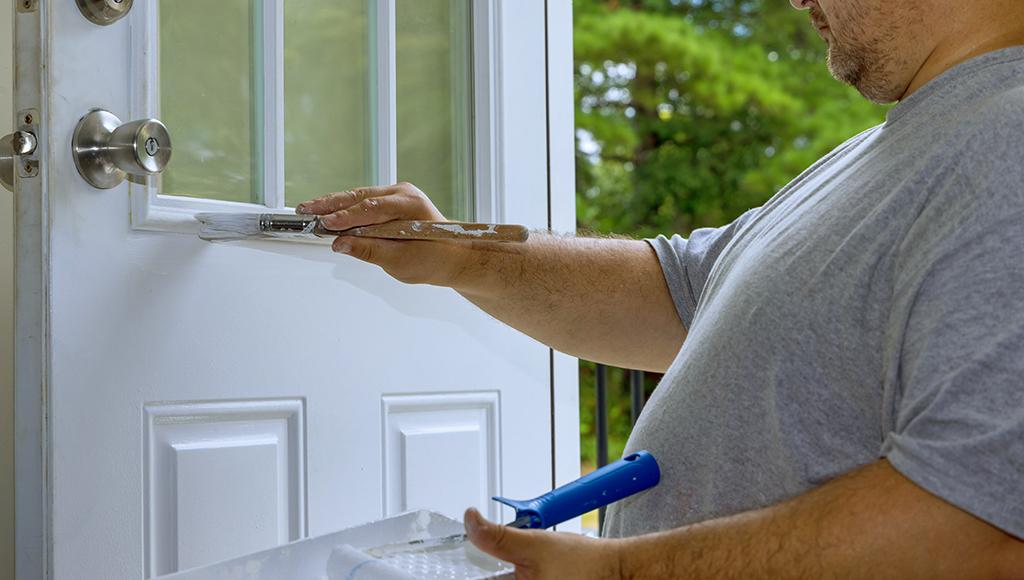Every home needs functioning doors—so if yours have problems, you’ll need to know how to fix them. The sooner you catch and correct issues with your entryways, the easier it is to avoid long-term damage and more expensive repairs down the line.
Protecting other parts of your home can also be important for preventing door damage. For example, your roof is your home’s first line of defense against the elements—so keeping your shingles in good condition can make it easier to avoid water leaks near openings like doors and windows.
In this guide, we’ll teach you how to diagnose and fix the top 5 door problems most homeowners have. You’ll also learn how Roof Maxx can help rejuvenate your aging asphalt shingles—this won’t prevent leaks directly, but it will help direct moisture down onto the ground instead of into your fascia and walls.

Dirt and dust build up on hinges over time, drying out the lubricant that keeps them moving smoothly. As friction increases, the metal parts start to squeak in protest every time the door opens or closes—and the incredibly grating noise that ensues gets really old fast.

High humidity and moisture damage can cause doors—and the frames they sit in—to warp or swell over time. The door might stick, drag, refuse to close completely, or stall at the halfway point. This can be intermittent or only occur when the humidity is high or you get a lot of rain.

In areas with extreme weather or temperatures, weatherstripping can wear out, and gaps may develop along the door frame. This allows cold air to seep in, which can be a major source of high energy bills.

All buildings shift and move slightly over time, which can change the shape or position of the frame, push it out of alignment, or loosen hardware like locks. Factors like extreme temperatures, minor earthquakes, and certain regional soil types—like sand or clay—raise your risk for problems.

Sun exposure, moisture, wind, and rain wear away the paint or varnish on your doors over time, causing them to peel or fade. You can spot-treat very tiny areas by painting or resealing them, but problems like these tend to worsen over time—so you’ll eventually need to refinish the entire door.
¹ You can sand wood, metal, composite, and fiberglass doors, but the approach is different for each material type. Follow these best practices:
A low battery is the most common cause of a chirping alarm. Most modern alarms will chirp steadily once every 30 to 60 seconds when the battery is weak.
Regular roof maintenance helps prevent water damage around entryways by minimizing leaks at the flashing, fascia, and soffits. Moisture intrusion in these areas can seep down into your walls and build up around door and window frames, rotting out the wood and raising your risk for mold.
Roof Maxx treatments extend the life of your asphalt shingles, which play a key role in how effectively your roof sheds water. This lowers the chance for water to infiltrate vulnerable areas of your home, like your walls and any woodwork within them.

Squeaky hinges, sticking doors, drafts, misaligned frames, and peeling or fading finishes aren’t just frustrating—they can also lead to more serious structural damage and lower your energy efficiency if left untreated. Regular maintenance for doors and the structures that surround them can help prevent issues like these from happening or correct them before they worsen.
Keeping your roof in good condition is the best way to lower your risk for leaks, which can seep down into your fascia, walls, and door frames. Roof Maxx helps by reinfusing your asphalt shingles with the oils they lose over time so they can expand and contract in response to the weather without cracking. Find a Roof Maxx dealer in your area now to get a free quote.
With our five-year, transferable warranty, you’ll enjoy the peace of mind that your roof and entire home are protected.